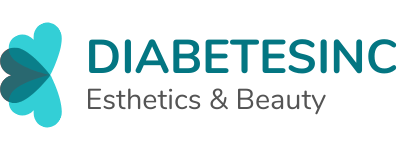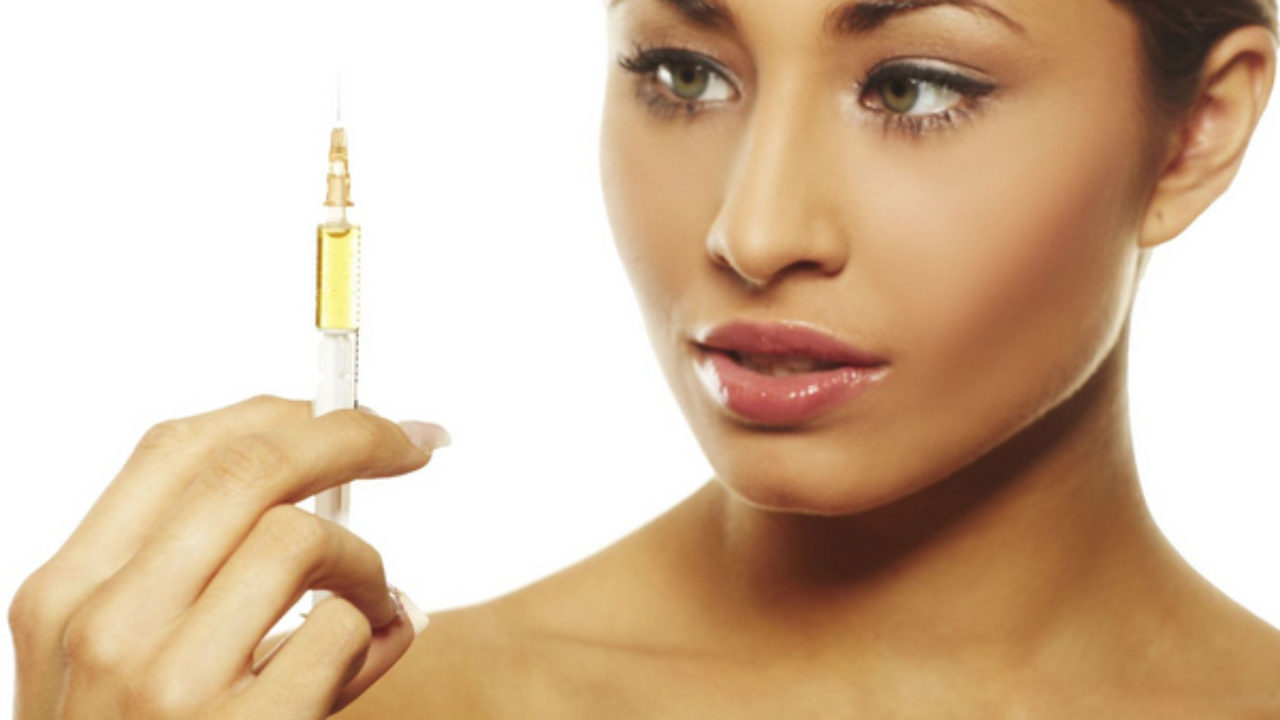Hyaluronic acid-based fillers are preparations used in cosmetology for contouring, biorevitalization and a number of other corrective and rejuvenating procedures. Nowadays, the compositions based on stabilized hyaluronic acid are mainly used. This is due to the fact that it is not rejected by tissues, which happens when using synthetic products. The effect is noticeable almost immediately. It lasts for 0,5-2 years, depending on the concentration of hyaluronic acid and the density of the stabilizer. Let’s find out how to choose the Best Injectable Wrinkle Fillers.
The main types of fillers
The advantages of hyaluronic fillers for the face and body is that hyaluronic acid is a substance contained in the skin cells and is responsible for retaining moisture in the intercellular space. With age its synthesis slows down, a deficiency of this substance is formed. The skin becomes less elastic, dry, wrinkles and other imperfections appear. Fillers compensate the deficiency of hyaluronic acid, returning the skin elasticity, beautiful color and pleasant texture. It moisturizes the skin, stimulates the production of elastin and collagen, regenerates the skin. In this case, the medication has a gel structure, which fills the intercellular space well and is slowly absorbed (biodegradation takes 6 to 24 months).
Types of hyaluronic fillers
The results of recent studies suggest that the optimum concentration of hyaluronic acid in the filler is 22 mg/g. Preparations based on it also contain a stabilizer. Its concentration is considered optimal at the rate of 0.5 mg/g. The most frequent stabilizer is BBDE, i.e. butanediol diglycidyl ether, less frequently DVS (divinyl sulfone). It is the concentration of the stabilizer that provides the desired cosmetic effect, but the higher it is, the higher the risk of unwanted consequences in the form of an allergic reaction, as these substances are no longer “native” to the skin.
Fillers are divided into:
- Monophasic (hyaluronic acid content – 15-26 mg/g). Examples: Teosyal, Juvederm, Stylage. They are evenly distributed in the skin folds and under the skin. They are characterized by elasticity, easier to be introduced under the skin, and corrected after the introduction by manual action. Secondary correction after use is almost never necessary. Biodegradation is uniform. They are used for correction and enlargement of lips, filling wrinkles, including mimic ones, post-acne, scars, and for the increase of the skin tone.
- Biphasic (22-23 mg/g). Examples: Restylane, Perfectha Derm. They allow working with larger imperfections than monophasic ones. They have a high density, that is why the manual correction is difficult, they have a smooth consistency and are more difficult to inject under the skin and to distribute under it. Biodegradation is uneven. Primary – up to 30%, so contouring requires correction after some time. The main advantage is the long-term preservation of the effect due to high density. Even if a deep lifting was performed, the primary result will be retained for up to 1 year. They are used for correction and lifting of the facial oval, filling deep wrinkles, correction of nose tip and back, chin, cheekbones, lip modeling.


